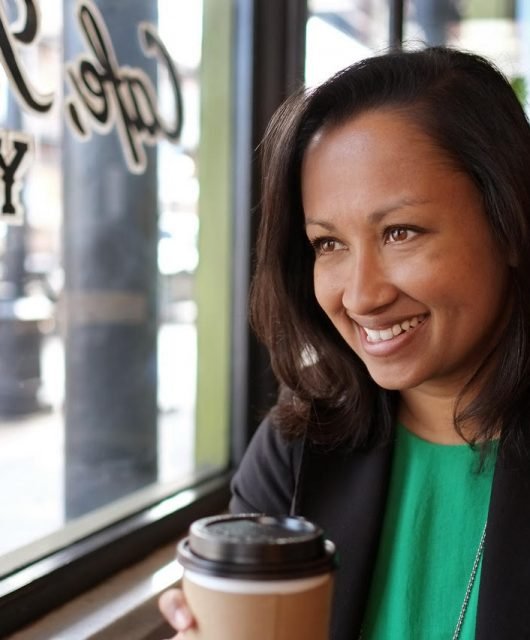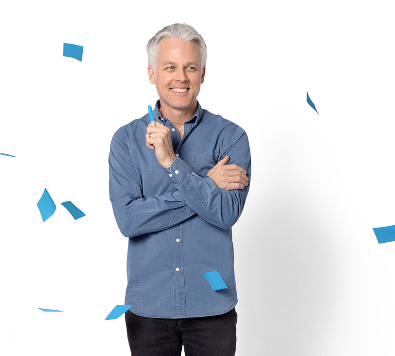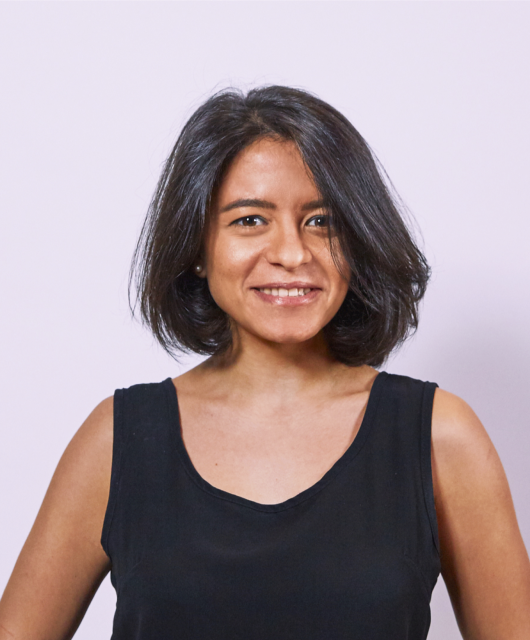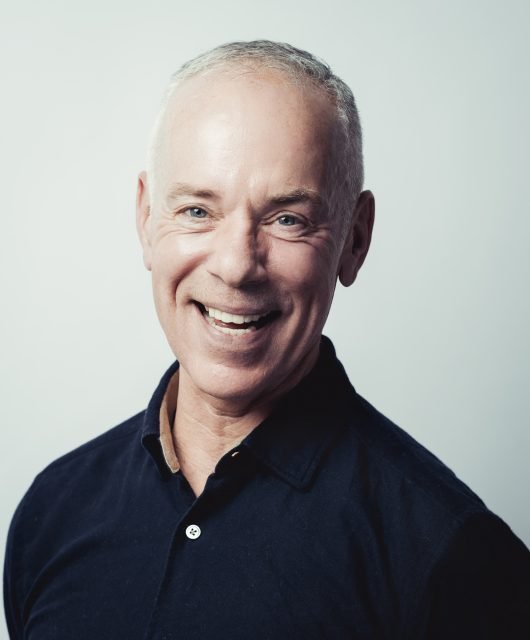Creativity, Agility and Brand Building: Q&A With Clio Awards’ Nicole Purcell
Brands of today need to group their efforts on delivering the best ‘return on creativity’ to fuel their performance. It’s impossible for a brand to rise above the noise without creative strategies to help them shine. The current renaissance of technology has created huge challenges for brands, but they’ve also created a playground for creativity. We’ve exclusively interviewed Nicole Purcell, Global President of Clio Awards, on creativity, agility and brand building.
BB: Since 1959, The Clio Awards has become a global landmark for celebrating creativity and originality. In your opinion, what defines “Creativity”?
NP:For me, creativity is defined by a fearlessness to explore new territories, think outside of the box, push boundaries and surprise audiences. In order to spark action in a consumer, you kind of have to show them something they didn’t know they wanted or needed. And that’s where creativity lives, in the journey from sparking a desire where it didn’t previously exist to the actions that follow.
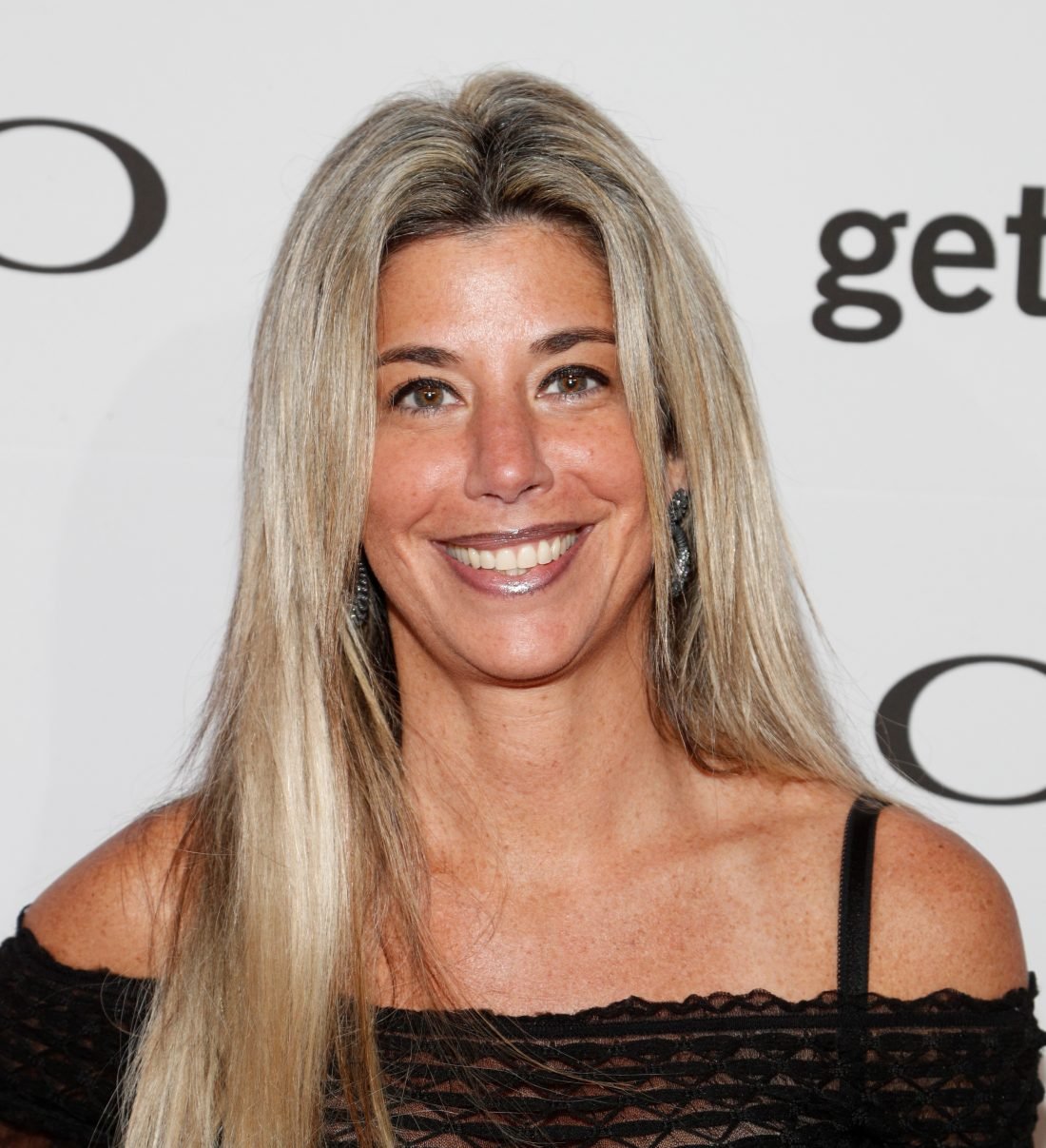
BB: Pairing creativity with data will lead to unique and unforgettable brand experiences. In the digital age we are living in, how can brands connect the dots between data and creativity?
NP: I think the best way to bridge the gap between data and creativity is right there in the question. Smart marketers embrace the data that has become more readily available in the digital age and employ a creative approach to utilizing that data to further the experiences they’re developing. It should never be forced, but the two assets don’t need to be at odds, any time data can be organically applied to enhance an experience is a win for everyone.
BB: Agility! Everyone now talks about being ‘agile’. This has resulted in one of the buzziest words in the realm of brands, ‘Agile Creativity’. What’s your take on the term? And how this has changed the way global creatives are approaching their works?
NP: There are many more platforms and canvases for creativity today, although the fundamentals of great creative work remain largely the same—marketers are still trying to connect their brands with their target audiences in compelling, emotional ways. In order to do that, they must be willing to be agile in the face of ever-changing consumer interests and evolving methods of delivering their message.
For example, younger generations tend to value experiences more, and they certainly expect more from brands in the political and social sphere. Those dynamics are reshaping creativity significantly, as creatives help brands to provide compelling experiences, not just ads, and try to stand for something greater than just the products and services they’re selling.
BB: With the rise of new generations, Millennials and GenZers, creativity is getting a new shape. In your opinion, and from what you’ve seen with Clio Awards, how creativity has evolved over the years?
NP: The evolution of creativity is central to our mission at the Clio Awards. Each year, our juries set out to identify and celebrate work that pushes boundaries and sets a new precedent for our industry. To do that year after year, we have to continuously set the bar higher and higher. What I love about this industry, and Clio’s role in it, is that it is uniquely situated to welcome the ideas, concepts and priorities of emerging creatives from generations whose experiences shape their notion of creativity. Millennials and GenZers grew up in the age of the internet, and that informs their habits both as creators and consumers, their perspective is essential to ensuring that brands are able to authentically connect with the audiences of today and the future.
BB: Being the President of the world’s most esteemed creative industry awards, what are the trends that have shaped the winning brand campaigns of 2018?
NP: Purpose-based advertising remains a big trend, as brands try to reflect and support the values of their target markets in this time of political and societal uncertainty. Inventive ideas, brilliant craft and a willingness to explore new media formats are also hallmarks of many recent Clio winners. The ability to connect emotionally with an audience remains central to much award-winning advertising, but the ways of doing so are expanding all the time. Our judges look for clever, original work that audiences embrace rather than trying to avoid. Often, today’s best marketing solves a problem or provides a service, instead of just communicating a message. Actions, not just ads, are winning more and more trophies every year.
BB: What’s your take on creativity in the Middle East? Where do we stand on a global creative map?
NP: The Middle East is an incredibly dynamic and burgeoning region where creativity is impacting lives in meaningful, direct ways. It feels like the creativity isn’t so much driven by consumer consumption as it is in many other parts of the world. Instead, the work being produced is being driven by consumer action. We’ve seen this in the work by brands like Vicks with their Touch of Care campaigns and with organizations like the Waste Management Coalition in Lebanon. Brands are speaking to consumers through the lens of “what they can do” or “what action they can be taking” as opposed to “what they want or need” as consumers.


